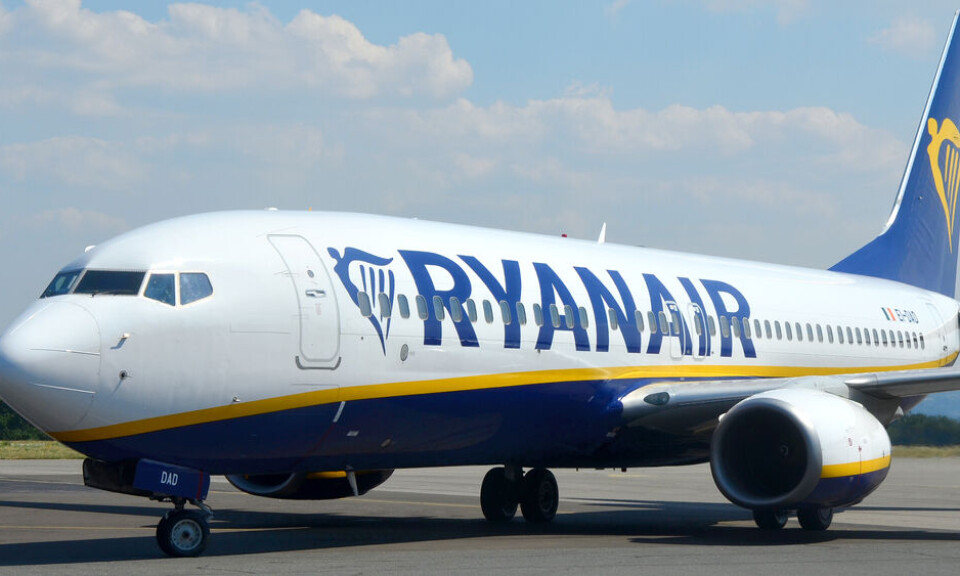-
Cold Christmas in France, but little chance of snow
High-pressure system will move into France from north-east at the start of next week
-
British ‘Puppet Master’ conman in French jail wins phones back on appeal
Robert Hendy-Freegard was given a six-year sentence after hitting two gendarmes with his car
-
Alleged British hacker in jail in France offers to help with police data breach
Recent attack targeted police files
Students recreate French desert car
STUDENTS are building a replica of the original French Citroën Autochenille car that was the first to cross the Sahara from north to south, in 1922.

The students, from the Ecole Nationale Supérieure d’Arts et Métiers (ENSAM) and Château d’Epluches technical school estimate the project, backed by Citroën, will cost €150,000 and take three years.
That means they can unveil the car for Citroën’s 100th birthday – and they are considering recreating its epic journey.
A spokesperson said: “For the moment our aim is to exhibit the car to the public but, given favourable geopolitical conditions, we’re not ruling it out.”
The original vehicle was a purpose-built 10-horsepower car based on the Citroën B2 (which was Citroën’s second car and the second European mass-produced car).
However it was a ‘halftrack’ version (autochenille in French) with caterpillar tracks replacing the back wheels, giving the cross-terrain ability of a tank and manoeuvrability of a car. Citroën called this arrangement their système Kégresse, and the car’s model number was K1.
In December 1922, a convoy of five of the cars drove from Touggourt in Algeria across the desert, arriving 21 days later on January 7, 1923 in Timbuktu, Mali.
They then drove all the way back again - a distance of 3,200 kilometres.
Each car had a name; the lead one, Scarabée d’Or, driven by Georges-Marie Haardt and Louis Audouin-Dubreuil, was officially the first to make the crossing, and is still owned by the manufacturer.
The expedition was filmed and the footage can be viewed at scarabeedor.org
The 10-man team camped along the way, sleeping under canvas and preparing all their own meals and repairing the cars using equipment carried by the convoy. There were no other support vehicles.
According to the film’s commentary, they enjoyed the adventure tremendously, met all sorts of local people and celebrated with champagne.
An association called Des Voitures et des Hommes is responsible for the building of the replica to celebrate the feat.
The project, “Le Scarabée d’Or”, aims to raise awareness of France’s technical heritage and to present a challenge to the young engineers.
























